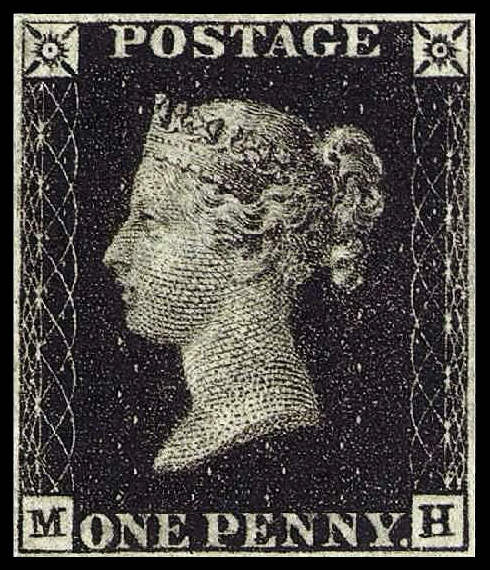rose engine lathe on:
[Wikipedia]
[Google]
[Amazon]

 A rose engine lathe is a specialized kind of
A rose engine lathe is a specialized kind of
A catalog and history of Holtzapffel lathes
*
A Brief History of Ornamental TurningMandala Rose Works - Modern Rose EnginesThe Plumier Foundation - created to teach, encourage and preserve the practices of ornamental turning and fine woodworking.
Woodworking machines Automatic lathes {{philately-stub

 A rose engine lathe is a specialized kind of
A rose engine lathe is a specialized kind of geometric lathe
A geometric lathe was used for making ornamental patterns on the plates used in printing bank notes and postage stamps. It is sometimes called a guilloché lathe. It was developed early in the nineteenth century when efforts were introduced to com ...
. The head stock rocks back and forth with a rocking motion and/or slides along the spindle axis in a pumping motion. A rosette or cam-like pattern mounted on the spindle is controlled by moving against a cam follower(s) while the lathe spindle rotates. Rose engine work can make flower patterns, as well as convoluted, symmetrical, multi-lobed geometric patterns. The patterns it produces are similar to that of a Spirograph
Spirograph is a geometric drawing device that produces mathematical roulette curves of the variety technically known as hypotrochoids and epitrochoids. The well-known toy version was developed by British engineer Denys Fisher and first sold ...
, in metal. No other ornamental lathe can produce these "rose" patterns. The decoration produced by a rose engine lathe is called guilloche. It sometimes confused with "jewel finishes" or engine turning
Engine turning, also known as jewelling, is a fine geometric pattern turned onto metal as a finish. Aluminium is often the metal chosen to inscribe, but any appropriate surface can be finely machined to produce intricate repetitive pattern ...
, a much cheaper process of making swirly marks in metal by a rotating abrasive peg or pad, which is repeatedly applied to the surface to make a pattern of overlapping circles. Jewel finishes used to be common on stereo faceplates and automobile interiors.
The patterns of United Kingdom's first postage stamps (known as the "line engraved" series), including the Penny Black of 1840, were based on rose engine patterns. The die used to prepare the printing plates was partially created by means of the rose engine, which produced a complicated pattern on a separate piece of metal. Rollers were then used to transfer this pattern to the die, where it formed the background and border patterns (the head, corner decoration and lettering were hand-engraved). This pattern made the stamps difficult to forge, and PB&P (known from 1852 as Perkins, Bacon & Co.) held the contract for forty years, during which time the designs of the stamps which they printed changed little.
Karl Faberge used the rose engine to create his signature decoration, guilloché
Guilloché (; or guilloche) is a decorative technique in which a very precise, intricate and repetitive pattern is mechanically engraved into an underlying material via engine turning, which uses a machine of the same name, also called a r ...
enameling, for his famous Fabergé egg
A Fabergé egg (russian: link=no, яйцо Фаберже́, translit=yaytso Faberzhe) is a jewelled egg created by the jewellery firm House of Fabergé, in Saint Petersburg, Russia. As many as 69 were created, of which 57 survive today. Virtua ...
s created for Tsar Alexander III of Russia
Alexander III ( rus, Алекса́ндр III Алекса́ндрович, r=Aleksandr III Aleksandrovich; 10 March 18451 November 1894) was Emperor of Russia, King of Poland and Grand Duke of Finland from 13 March 1881 until his death in 18 ...
. The rose engine cut a series of parallel lines into the metal surface onto which the enamel was applied.
See also
*Engine turning
Engine turning, also known as jewelling, is a fine geometric pattern turned onto metal as a finish. Aluminium is often the metal chosen to inscribe, but any appropriate surface can be finely machined to produce intricate repetitive pattern ...
References
External links
A catalog and history of Holtzapffel lathes
*
A Brief History of Ornamental Turning
Woodworking machines Automatic lathes {{philately-stub